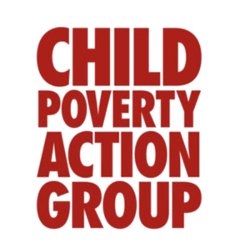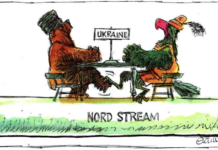
Bold plans needed to tackle child poverty, not vague promises
Child Poverty Action Group (CPAG) says bold plans are needed, not vague promises that the current Government will reduce child poverty numbers by 100,000 some years in the future.
National’s 2018 Family Incomes Package will help some very low-income larger families. But while 50,000 children may be moved above a very low income-based poverty line (50% of the national median income after housing costs) – we need to see hardship alleviated for many more than this group who are facing the worst of poverty.
“We need to see a commitment to reducing income poverty that is based on the internationally recognised income poverty measure, that is 60% of the national median income (after housing costs), as well as material hardship, and qualitative measures such as admissions to hospital for preventable diseases,” says Associate Professor Mike O’Brien, CPAG’s social security spokesperson.
“Right now, 14% of children in New Zealand are living in material hardship. Reducing that percentage figure by 10 points – to 4% – would mean 110,000 less children living at the extreme end of material deprivation. This should be the very start of an initial national goal which must go further.”
CPAG has repeatedly drawn attention to the deterioration of the Working for Families (WFF) programme under National.
“Over the past nine years WFF tax credits have been eroded, and there has been no CPI adjustment since 2012,” says Associate Professor Susan St John, CPAG’s economics spokesperson.
“Much of the increase announced for 2018 by National is simply catch-up. If National truly wanted to begin to tackle child poverty it would have made these changes this year.
“Built-in clawbacks in National’s new WFF policy will be very bad for the working poor,” says St John.
Under National’s Family Incomes Package, on April 1, 2018 the annual income threshold for maximum WFF eligibility will reduce from $36,350 to $35,000 and the rate at which the payments reduce will go up to 25 cents for every dollar earned over that very low threshold (from 22.5c currently).
“Proper indexation should see the threshold increased to $45,000. Low-income working families at this income miss out on $2500 they should have,” says St John.
CPAG says that it is wrong for the government to point to 60,000 fewer children dependent on benefits is evidence of reducing poverty.
“We know fewer people are receiving welfare benefits, but we don’t know where they go to after that, or if they are any better off financially. What we do know is that food parcel charities are experiencing higher demand, and more families are living in cars and garages,” says O’Brien.
“Furthermore, of the 295,000 children experiencing income poverty, 37% are in households where there is at least one adult in full-time employment.
“Unless supports are indexed annually according to wages and cost inflation, they quickly fall behind.
CPAG says that National’s package entrenches reliance on the Accommodation Supplement which is stringently means tested. Any impact the Accommodation Supplement increases have on reducing poverty will depend on what happens to rents.
“Unless there are tighter controls on rents and more permanent housing solutions provided urgently, the increases will just continue to top up landlords incomes,” says O’Brien.




